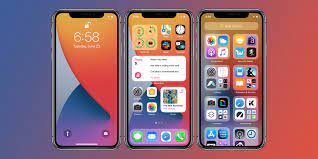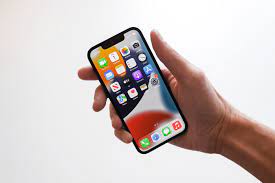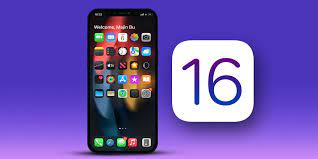Apple officially released the iPhone 14 this month, and with it three major updates to its wearable lineup. Not only did we see updates to the Apple Watch and Apple Watch SE, but the event also brought the launch of the Apple Watch Ultra.
But how does it compare to Samsung’s most premium smartwatch, the Galaxy Watch 5 Pro? Based on our experience with the Galaxy Watch and what we know so far about the Apple Watch Ultra, this is the biggest difference between the two wearables, so let’s take a look!

Apple Watch Ultra can dive
Both the Apple Watch Ultra and Galaxy Watch 5 Pro feature rugged designs that are perfect for fitness tracking and everyday smartwatches.
The Galaxy Watch has a 45mm titanium case and a sapphire crystal display, while the Apple Watch has a larger 49mm titanium case and a sapphire glass screen. Both watches are also designed to meet the MIL-STD 810H military durability standard.
That said, the Apple Watch is designed for more extreme activities and weather conditions. Apple Watch is water resistant up to 100m, which means you can dive with it. The watch also has an IPX6 dust resistance rating and can survive temperatures from “sub-zero” to 130 degrees. Meanwhile, the Galaxy Watch is dust-proof up to IP68 and water-resistant up to 50m, but not suitable for diving or high-pressure water activities.
The Apple Watch also features an 86db emergency siren that can be heard from 180m away, and three microphones for clear calls even in windy conditions. Finally, Apple Watch offers three strap options, depending on whether you prefer to hike, run or dive.
Galaxy Watch 5 Pro has longer battery life
The Galaxy Watch 5 Pro features a large 590 mAh battery for longer battery life, with Samsung claiming up to 80 hours of battery life in typical usage.
Apple Watch Ultra has a battery life of 36 hours, which can be extended to 60 hours when the low power setting is activated. It’s a major upgrade over the standard Apple Watch and SE, but it’s still half what Samsung claims its own premium smartwatch can do, and less than what we’ve recorded during our time with the 5 Pro.
Apple Watch Ultra has better app support
Although the Apple Watch doesn’t offer full compatibility with Android phones, it usually tops our list of the best smartwatches.
Apple’s watchOS has a more complete app library than the Google Wear OS-powered Galaxy Watch, including plenty of fitness and music streaming apps.
We’re assuming these will all be available on the Ultra, as it will run the same watchOS operating system as the standard Apple Watch. Meanwhile, Wear OS still lacks some popular apps.
Galaxy Watch 5 Pro is a lot cheaper
When buying a smartwatch, one of the biggest deciding factors, aside from smartphone compatibility, is price.
The Apple Watch Ultra is almost double the price of the Galaxy Watch 5 Pro at $799/£849, while the 5 Pro is $449/£429. If you don’t need some of the Ultra’s more extreme design features, you’re better off saving money and opting for the Galaxy Watch.
>>>>>>>>>>>Apple Watch battery









